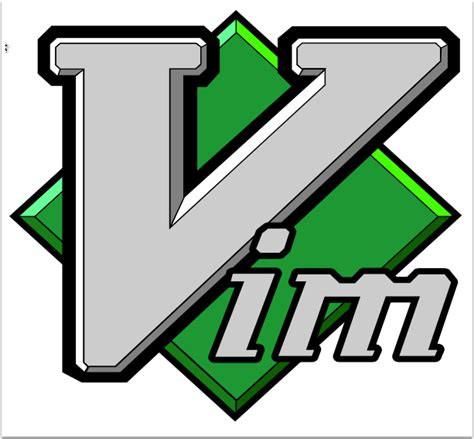Explore the World's Best Ideas
Join today and uncover 100+ curated journeys from 50+ topics. Unlock access to our mobile app with extensive features.
Lesson 2 SUMMARY
1. To delete from the cursor up to the next word type: dw
2. To delete from the cursor up to the end of the word type: de
3. To delete from the cursor to the end of a line type: d$
4. To delete a whole line type: dd
5. To repeat a motion prepend it with a number: 2w
6. The format for a change command is: operator [number] motion
where:
operator - is what to do, such as d for delete
[number] - is an optional count to repeat the motion
motion - moves over the text to operate on, such as w (word), e (end of word), $ (end of the line), etc.
2
3 reads
MORE IDEAS ON THIS
Lesson 7 SUMMARY
1. Type :help or press or to open a help window.
2. Type :help cmd to find help on cmd .
3. Type CTRL-W CTRL-W to jump to another window.
4. Type :q to close the help window.
5. Create a vimrc startup script to keep your preferred settings.
6. When typing a : comma...
2
7 reads
Lesson 4 SUMMARY
1. CTRL-G displays your location in the file and the file status.
G moves to the end of the file.
number G moves to that line number.
gg moves to the first line.
2. Typing / followed by a phrase searches FORWARD for the phrase.
Typing ? followed by a phrase s...
2
3 reads
Lesson 5 SUMMARY
1. :!command executes an external command.
Some useful examples are:
(Windows) (Unix)
:!dir :!ls - shows a directory listing.
:!del FILENAME :!rm FILENAME - removes file FILENAME.
2. :w FILENAME writes the current Vi...
2
5 reads
Lesson 6 SUMMARY
1. Type o to open a line BELOW the cursor and start Insert mode.
Type O to open a line ABOVE the cursor.
2. Type a to insert text AFTER the cursor.
Type A to insert text after the end of the line.
3. The e command moves to the end of a word.
4. The y operator yanks (...
2
3 reads
VIMTUTOR ver 1.7
This tutor is designed to describe enough of the commands that you will be able to easily use Vim as an all-purpose editor.
It is important to remember that this tutor is set up to teach by use. That means that you need to execute the commands to learn them properly. If...
2
16 reads
Lesson 1 SUMMARY
1. The cursor is moved using either the arrow keys or the hjkl keys.
h (left) j (down) k (up) l (right)
2. To start Vim from the shell prompt type:
vim FILENAME
2
13 reads
Lesson 3 SUMMARY
1. To put back text that has just been deleted, type p. This puts the deleted text AFTER the cursor (if a line was deleted it will go on the line below the cursor).
2. To replace the character under the cursor, type r and then the character you want to have there.
3. The change oper...
2
3 reads
CURATED FROM
CURATED BY
ViM is a blessing. Learn it and you will be spoiled forever.
“
More like this
#2 Take a Thirty-Day Break
The second step is to follow your new technology classification, by disconnecting, for 30 days, from your "optional" technologies.
You will find life without optional technologies challenging at first. But these feelings of discomfort fade after a week or two.
The goal is to spark a ...
"Unhappy is he who depends on success to be happy. For such a person, the end of a successful career is the end of the line. His destiny is to die of bitterness or to search for more success in other careers and to go on living from success to success until ...
ALEX DIAS RIBEIRO
How to build self-discipline
- Set big hairy audacious goals. Write down ONE goal you'd like to achieve and why you're committed to achieving it.
- Build tiny habits. These are behaviours that are easy to do to move you towards your goal—drinking one glass of water—doing one push-...
Read & Learn
20x Faster
without
deepstash
with
deepstash
with
deepstash
Access to 200,000+ ideas
—
Access to the mobile app
—
Unlimited idea saving & library
—
—
Unlimited history
—
—
Unlimited listening to ideas
—
—
Downloading & offline access
—
—
Personalized recommendations
—
—
Supercharge your mind with one idea per day
Enter your email and spend 1 minute every day to learn something new.
I agree to receive email updates

